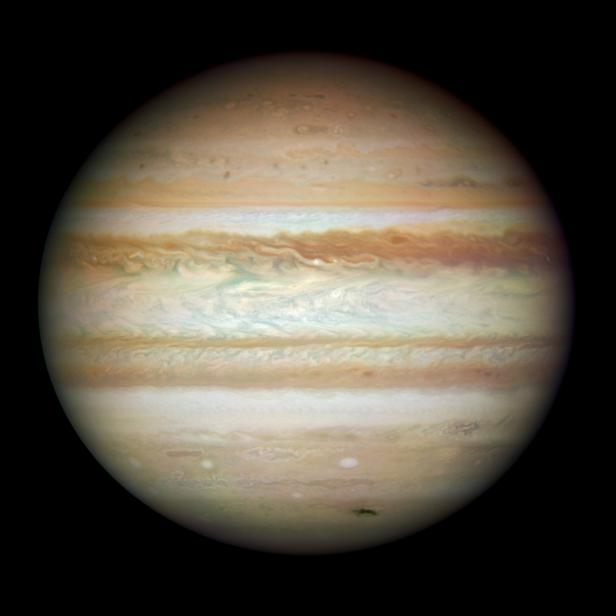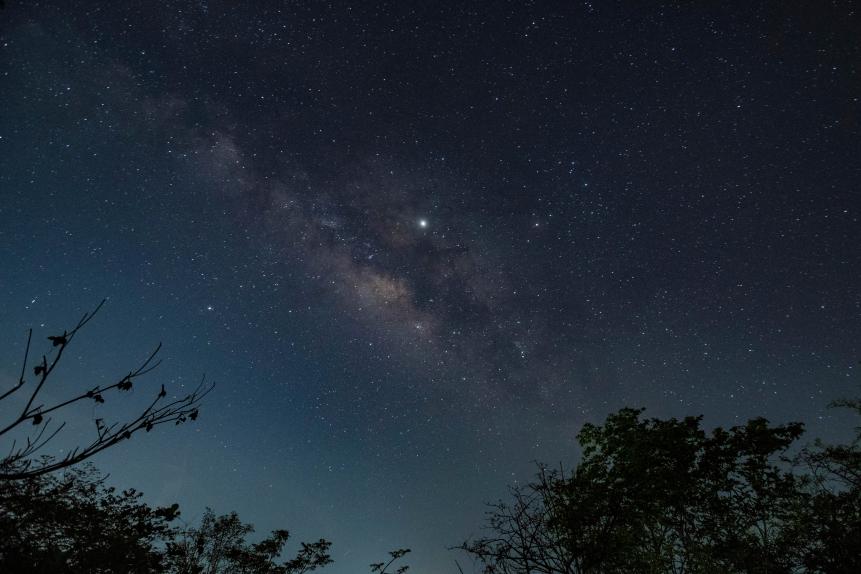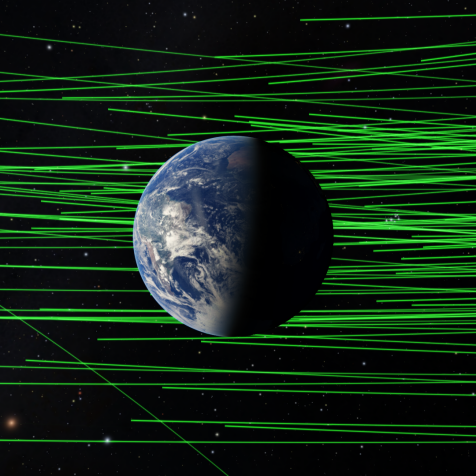
GettyImages/NASA
Last Call for the King of Planets

This month Jupiter is entering conjunction which means it's the last chance this year to catch a glimpse of the largest planet in our solar system.
Before I start talking about Jupiter’s position in the sky this month, I have to explain a really uncomfortable bit of astronomy jargon. Back in Ye Olden Times (as in, more than a couple hundred years ago), astronomers cared tremendously about the position of the planets, mostly because they were one of the few things in the night sky that actually changed, and so it was worth caring about.
Here’s one of those old-time jargon words that strangely persist to the present day: opposition. A planet is said to be in opposition when it’s on the opposite side of the sky as the sun. This happens when the planet, the Earth, and the sun all form a nice and neat and tidy line, with the planet and the Earth on the same side of the solar system.
But there’s more than one way to form a nice and neat and tidy line. It’s also possible for the planet in question to be on the far side of the solar system, lining up like this: planet – Sun – Earth. From our perspective, the sun appears to block our view of the far-flung planet. When this occurs, the planet is said to be in conjunction with the sun. Even though it’s on the opposite side of the solar system.
It’s confusing because all this was developed before astronomers figured out the whole the sun is at the center of the solar system business, and it just kind of stuck.
Anyway, this month Jupiter is entering conjunction, which means as the nights go by, the giant planet will sink lower and lower in the southwestern sky, and by the middle of December it will be lost entirely to the angry glare of our sun, with actual conjunction happening right before New Year’s, on December 27th. So this is your last chance this year to catch a glimpse of the largest planet in our solar system.

GettyImages/Hindustan Times
If you miss it, you’ll have to be patient. The Earth will do its usual orbital thing and eventually we’ll be back on Jupiter’s side of the system in the summer, with opposition happening in July of 2020. With Jupiter nice and close (with “close” meaning nearly 400 million miles, but this is astronomy so that is indeed very close), it will be very bright and easy to view – a real skywatching treat.
Last year, though, opposition happened in June, meaning we have to wait a full 13 months between close approaches. This is because of Jupiter’s own orbit, which takes 12 years to complete one full merry-go-round the sun. So every year we have to play a little game of catch-up to reach Jupiter’s new position.
But even in the depths of winter, hanging low on the horizon near the setting sun, Jupiter is something else. Look for the solid point of light that doesn’t twinkle – that’s how you know you’ve spotted a planet. Bust out a pair of binoculars and take advantage of the cool winter air, which makes for less turbulence in the atmosphere and better visibility.
And then go back inside because it’s cold out.













































































